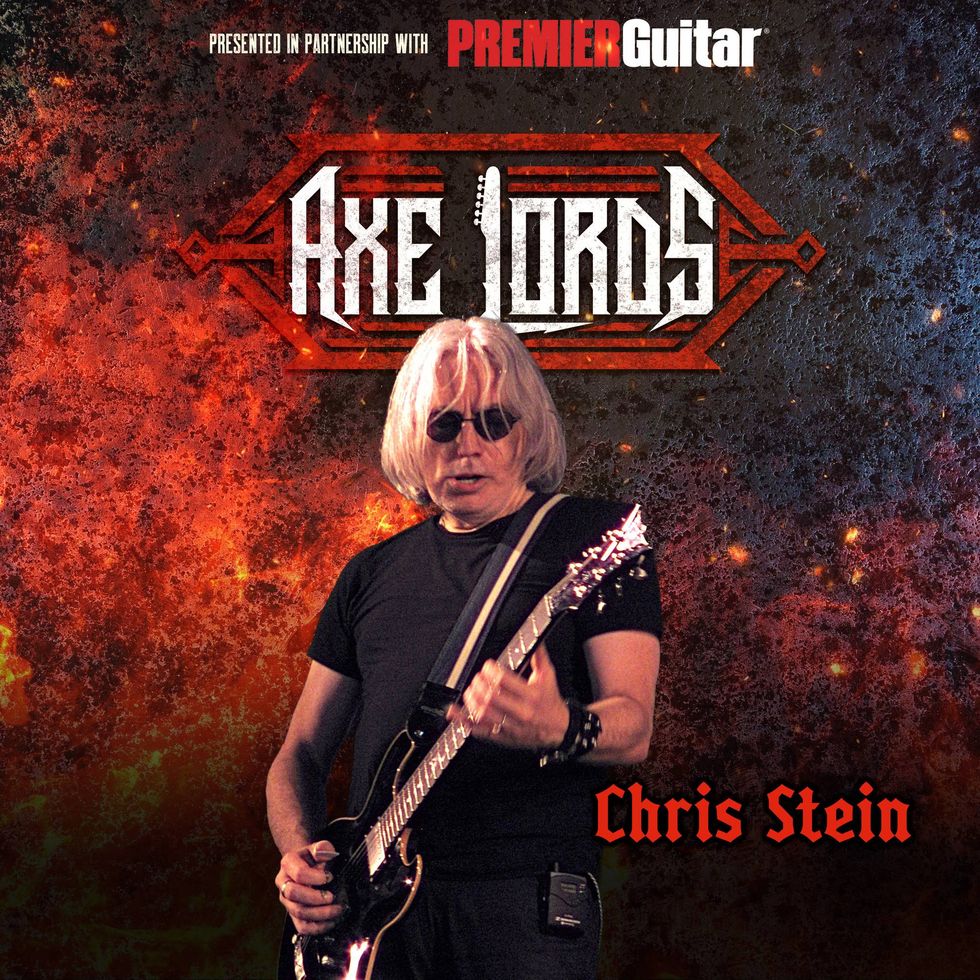Welcome to Joe’s Woes, a column where I''ll be writing about a number of issues related to playing in bands as well covering some of the gear I use when I play out. The idea is that we can all learn from my woes, and trust me, I have ‘em. With each column I’ll describe a problem I’ve experienced and the solution I came up with but I’m curious to see if you’ve found a better fix. Your feedback, tips, corrections, etc. are not only welcome but expected so please use the comment section below to throw down some knowledge.
Howling Acoustics
Let’s start with my acoustic feedback woes and the quick fix known as the sound hole cover. I used two different kinds of sound hole covers for the first time over the weekend after avoiding them in past. I used to kill acoustic feedback by EQ''ing the beef out of my tone but, of course, that was always a last resort. Occassional acoustic feedback has been annoying me to death. I’d run into it in straight backline situations in small clubs and at big stage gigs with my guitar coming through FOH and stage monitors. I’d be playing and all of a sudden a crazy wave of low-end volume big enough to surf on would come out of nowhere and take control of my sound. I don’t crank up my amp too loud, either – I give it just enough to be heard. I’ll ask for just enough volume to be heard in the monitors, too.
When it happens I have a couple of on-the-spot fixes. I walk away from my amp or the monitors; I use my wrist to kill sustain quicker; I adjust my onboard volume or the amp volume. If it’s bad enough I’ll stop playing completely for a quick second and mute the strings – all while usually missing a harmony part and shrugging off the ensuing what-the-hell-just-happened looks from my bandmates. I''ve got an onboard Fishman electronic setup with a 3 band EQ and Brilliance which is great, but there''s no sweepable mid, notch filter or phase switch so there''s no easy fix there. There’s also a harmonic element to my feedback. It mostly happens when I hold an A chord. No kidding. It could have something to do with the fact that most bands and sound guys have a lot going on right at that frequency (440 Hz). I was also wondering if the spatial dimensions of my guitar’s body cavity adhere to the mathematical jiggyness associated with the frequency of an A. I’m sparing you the science, obviously; but you know what I''m talking about... there''s that acoustic phenomenon where anything with a cavity will resonate particularly louder when certain frequencies bounce around in it. To experiment with this, stick your head in a drum, a big bowl or even your shower and sing a chromatic scale starting as low as possible, working your way up. When you hit the note that corresponds with that cavity’s spatial properties for reflecting doubled frequencies the whole thing comes alive. It’s actually a pretty cool acoustic phenomenon.
Except, it’s not cool when it takes over the stage like Godzilla stomping on a bunch of Japanese picnickers. Regardless of what exactly was going on with my A chord, I had to do something. It was high time I try out some sound hole covers.
Some background on my rig before we go any further: I play a Martin DCX-1E through a Fender Acoustasonic SFX II. I like guitars with fairly uninhibited soundboards. I''m not big on thick polyurethane tops. The light lacquer natural-as-possible tops I prefer are less durable, but for me, the trade off of having to be extra careful is worth the extra tone and sustain. The Acoustasonic SFX II is a tricked out amp with 8” and 6” speakers as well as a piezo horn. It’s the perfect amp for me because I play harp on a few songs but don’t want to lug an extra amp around. I plug a bullet mic into the SFX II’s second channel and get a pretty convincing Chicago sound with its dedicated effects. The main channel’s effects include everything I’ll ever need, plus a 3-band EQ and more. I don’t mic the amp because it has really clean, full-sounding outputs in the back. There’s a balanced XLR with a dedicated gain and two 1/4” plugs that are synched with stereo phasing. The cabinet has side grills that utilize the multiple speakers in a unique placement to achieve stereo phasing, as well. Both channels are pushed by 80 watts of power. I use a rack tuner and wireless setup but no external effects.
The First Gig
I took two different kinds of sound hole covers to two gigs Friday and Saturday, the typical full rubber plug and a vented one. The full rubber cover was the Kaman Feedback Buster, which is easy to find for about five bucks.
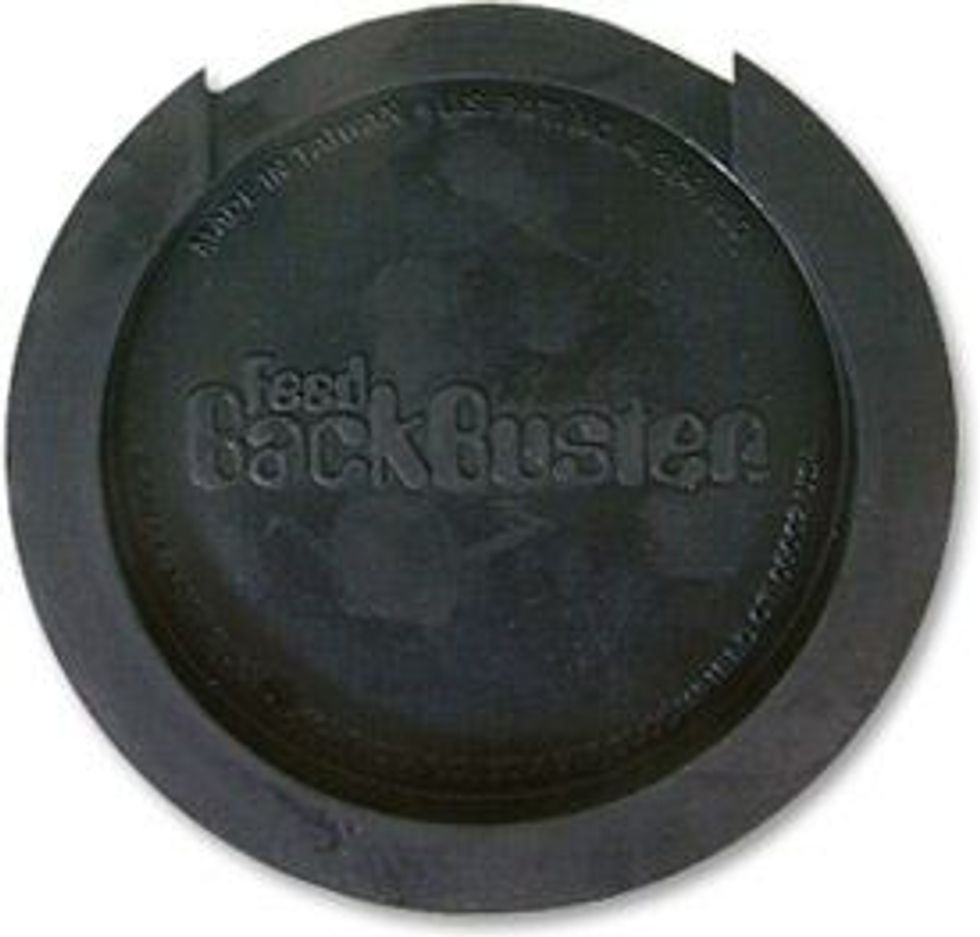
It fits snuggly in a standard round 4” sound hole and is held in place by friction. I’ve seen a lot of people playing these, regardless of venue type or stage sound setup. I had always heard they kill your tone and sustain so I avoided them until this experiment.
The first gig was at an outdoor venue that had a big awning fairly low over the band area. Even worse, the awning was raised in middle along the left-to-right axis, just like the rooftop on a wide house. That means the back downslope dropped right behind the drummer, reflecting sound from the monitors straight into the vocal mics. The front downslope reflected sound from the guitar and keyboard amps straight back into my guitar’s sound hole. I began the gig with no sound hole cover but that didn’t last long. The familiar big, booming A chord feedback reared its ugly head. As advertised, the full rubber Feedback Buster stopped the feedback, and let me tell you – there was a ton of it when I turned up loud enough to actually hear myself. However, that sucker also took a bite out of my tone and sustain. I wasn’t terribly upset, as the loss was on the subtle side and the problem was gone. I figured most people in the audience wouldn’t be complaining. Our lead player thought the difference was significant, however, remarking that the full sound hole cover made me sound a little banjo-ish on songs that had a chunk-chunka, chunk-chunka strumming pattern. The second sound hole cover, Dean Markley’s Suppressor, let me keep more tone and sustain but it didn’t completely kill the feedback.
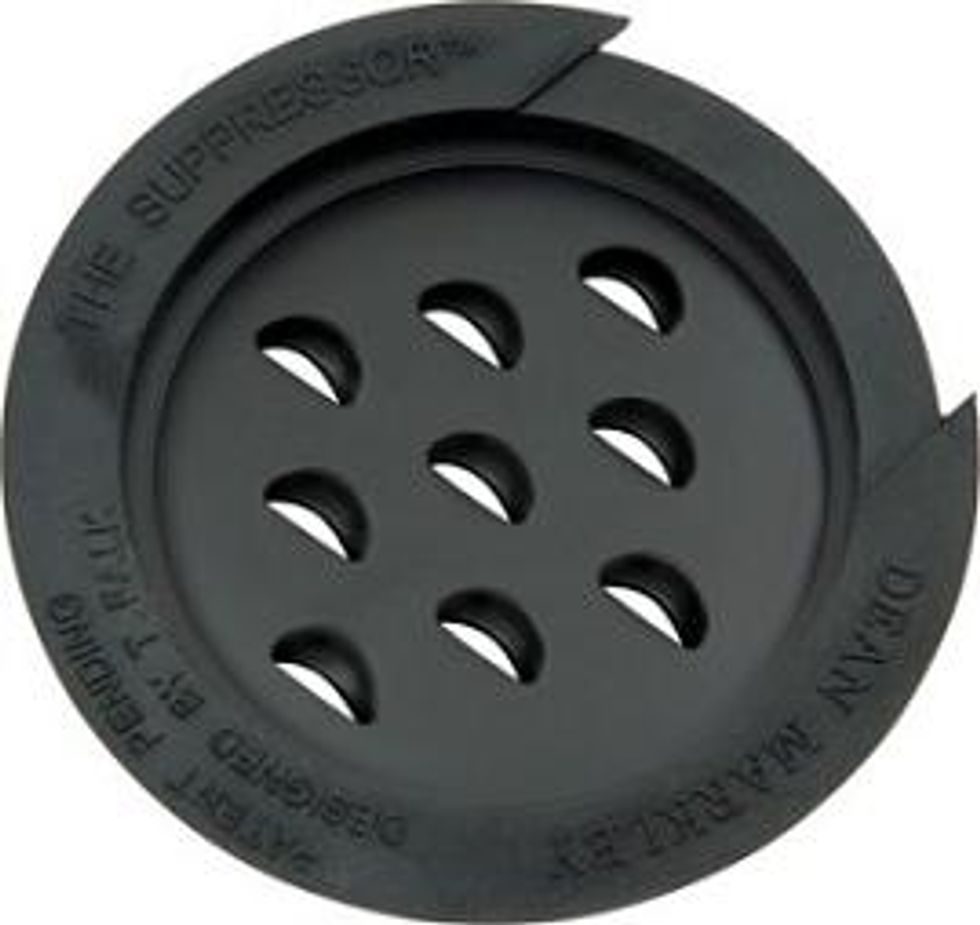
It has a vented, non-magnetic plate in the center that allows air to move through so the sound board can vibrate more. I was amazed at the difference. My guitar sounded more like it was supposed to and the feedback was minimized – just not eliminated completely. I put the Feedback Buster back in but looked forward to trying the Suppressor in a venue with better acoustics.
The Second Gig
The second gig had a high wood plank ceiling above the band that sloped down toward the back of the audience where there was an open air deck instead of a wall. I experienced very little feedback with that wacky A chord thing. It was manageable but I wanted try both sound hole covers anyway. Both eliminated the feedback but the full-rubber Feedback Buster killed more tone and sustain than I was willing to part with. Again, I don''t think it was very noticeable but it made a difference to me and an even bigger difference to our lead player. The vented Suppressor performed much better in this situation. The feedback was gone and I traded very little tone and sustain for it – still more than my lead player would have preferred, but it wasn''t enough to upset people with typical ears for that stuff.
While doing some quick searching online I learned that for $39 and up you can buy a vented, wooden sound hole cover from the Lute Hole Co. I’m definitely putting one of those on my wish list.
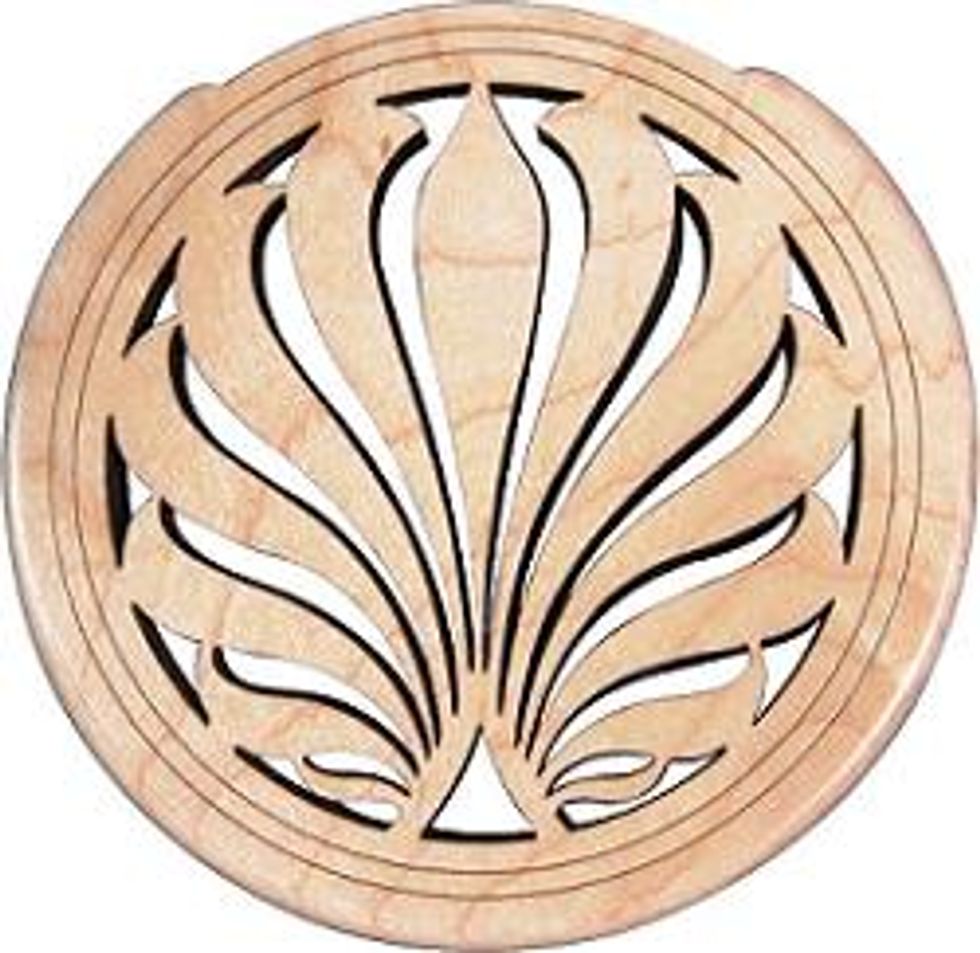
With decorative vents in very ornate patterns, they work like the Suppressor but rate much higher on the eye candy scale. They come in a variety of patterns, woods and stains. Then there’s the $9 Players Silencer sound hole cover that has an adjustable vent.
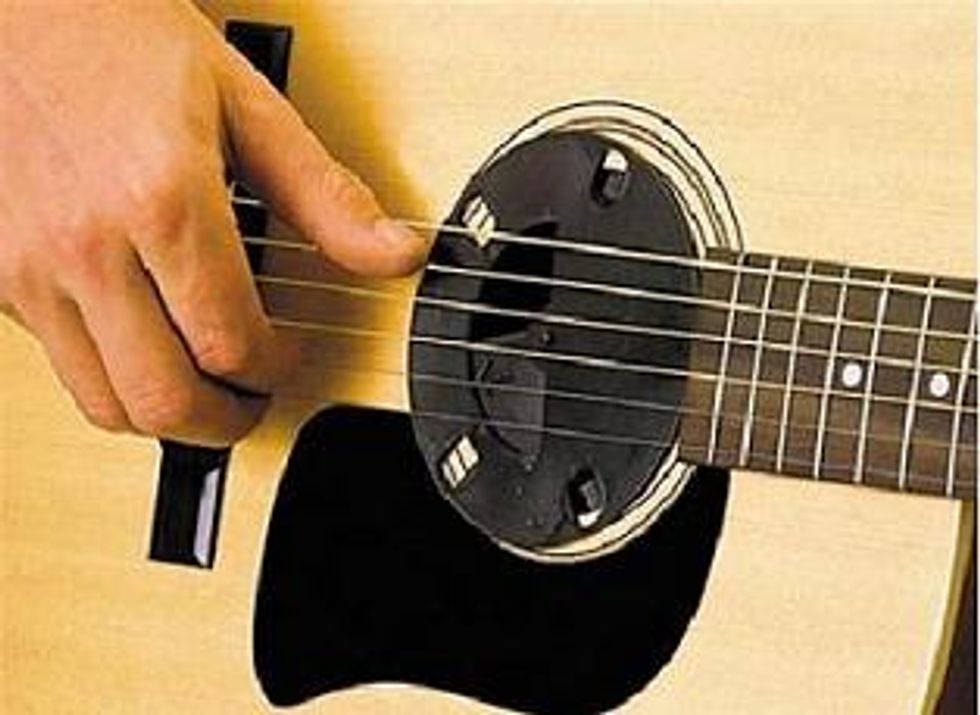
There are probably more out there, too.
Conclusions
So here’s what I’ve learned... sound hole covers are not as limiting as I thought they were but one size does not fit all situations. Thus, it’s nice to know there are a variety of them out there. They’re not very big so it will be no big deal to carry some around in my gig bag. If your goal is to retain as much tone and sustain as possible, different kinds seem to work better in different situations. My band plays everything from dive bars to ballrooms to big festival stages in a number of different setups so it actually makes sense for me to get familiar with different makes and models. However, I can see how some players might not need one at all. If you use in-ear monitors, prefer less responsive guitars, play a lot of acoustically sound rooms or play low volume stuff you might not run into the acoustic feedback tsunami that tends to follow me around.


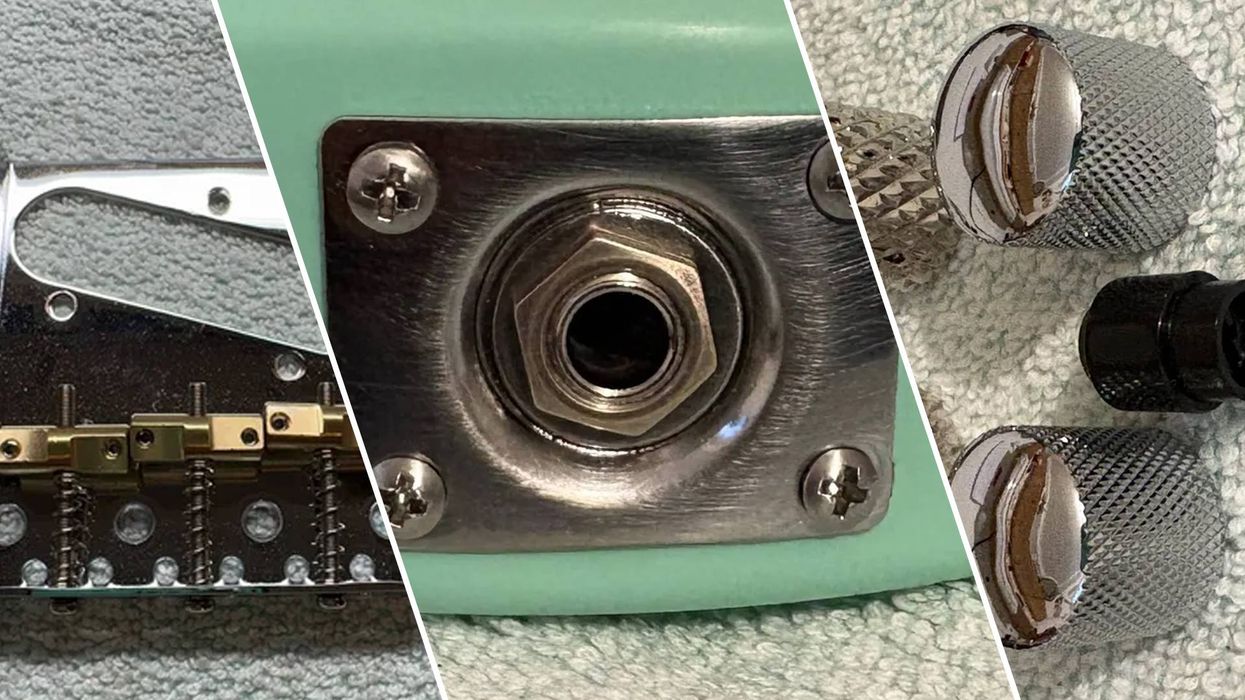








![Rig Rundown: Russian Circles’ Mike Sullivan [2025]](https://www.premierguitar.com/media-library/youtube.jpg?id=62303631&width=1245&height=700&quality=70&coordinates=0%2C0%2C0%2C0)




